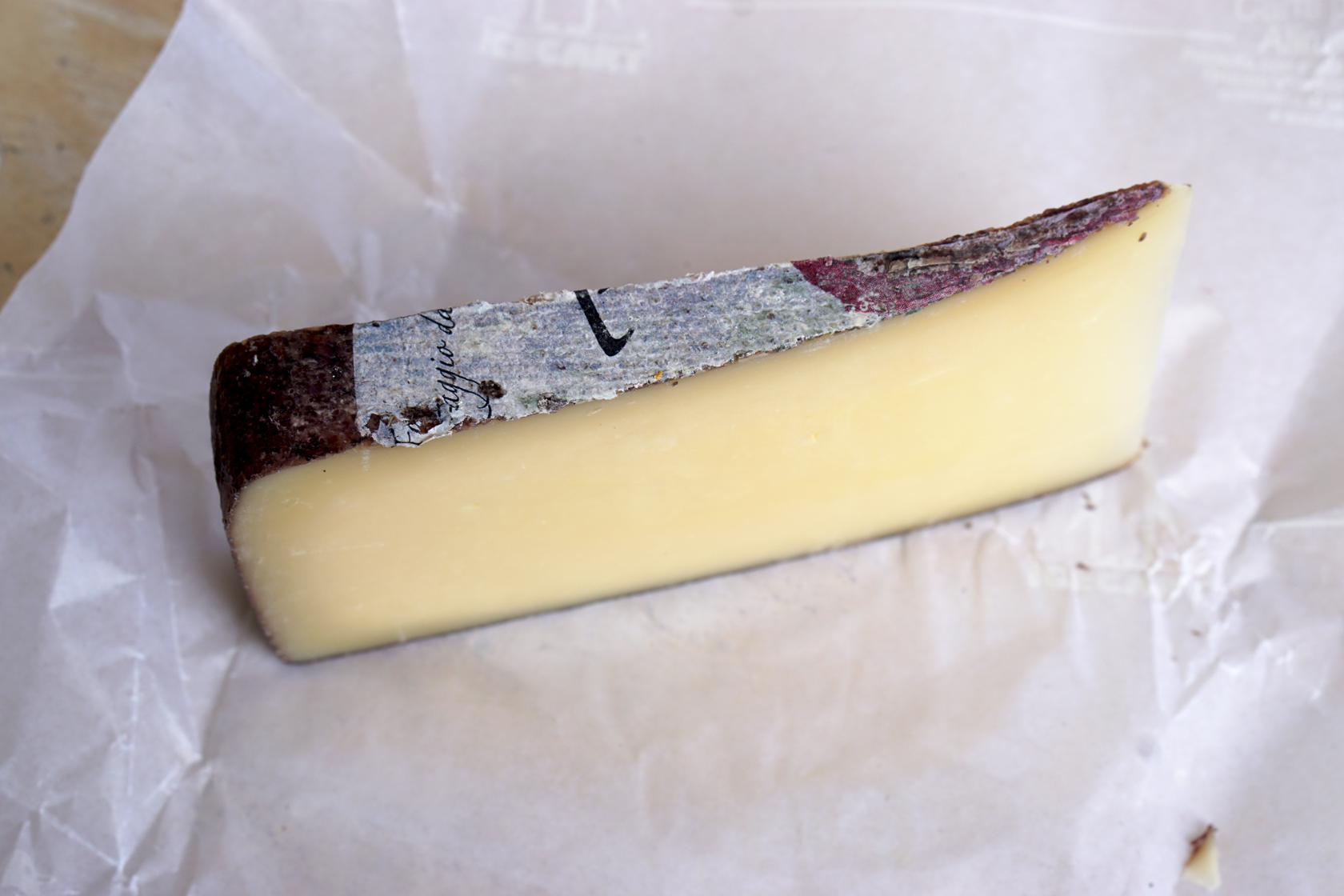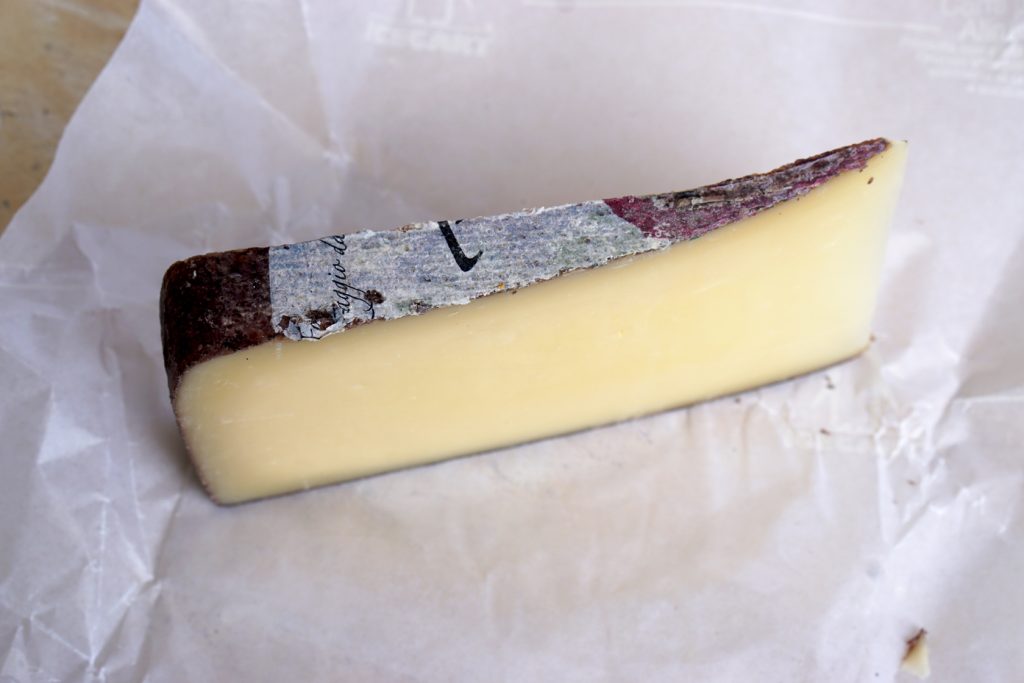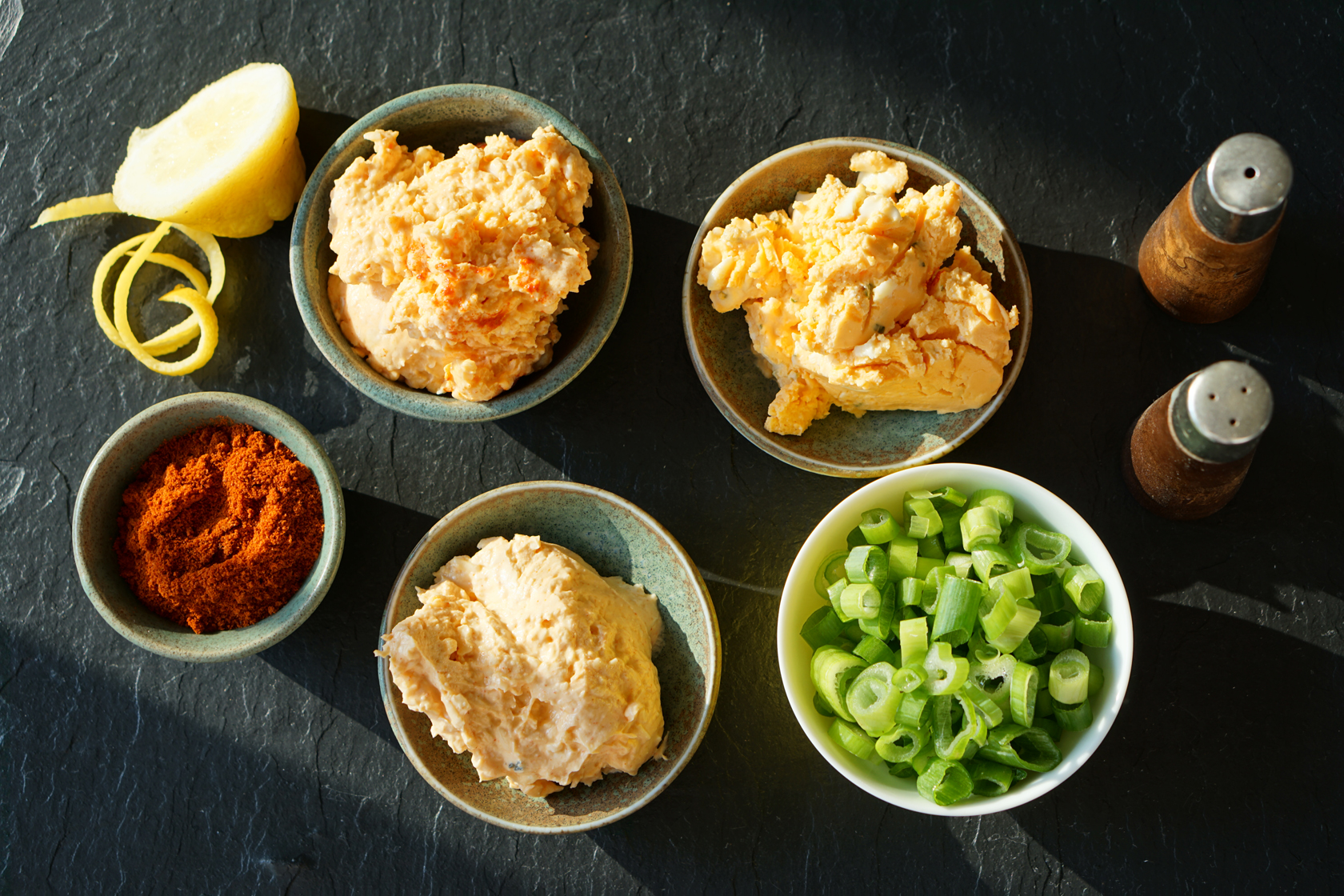Maybe you are too old to get drunk, or over it, or never wanted to be – but if you chose “il formaggio imbriago” as your evening companion, your cheese is certainly not.
“Formaggio imbriago” literally translates as “drunk cheese” and according to common legend arose in WWI during the Battle of Caporetto, which in late fall of 1917 shook the Venetian area from the current Slovenian border all the way to the shore of the river Piave and even up to Monte Grappa.
In those dark days the farmers of the Veneto, in a desperate attempt to save their goods from the Austro-Hungarian army, are said to have hidden their precious cheeses under the waste of pressed grapes that didn´t attract the hungry wolves of war.
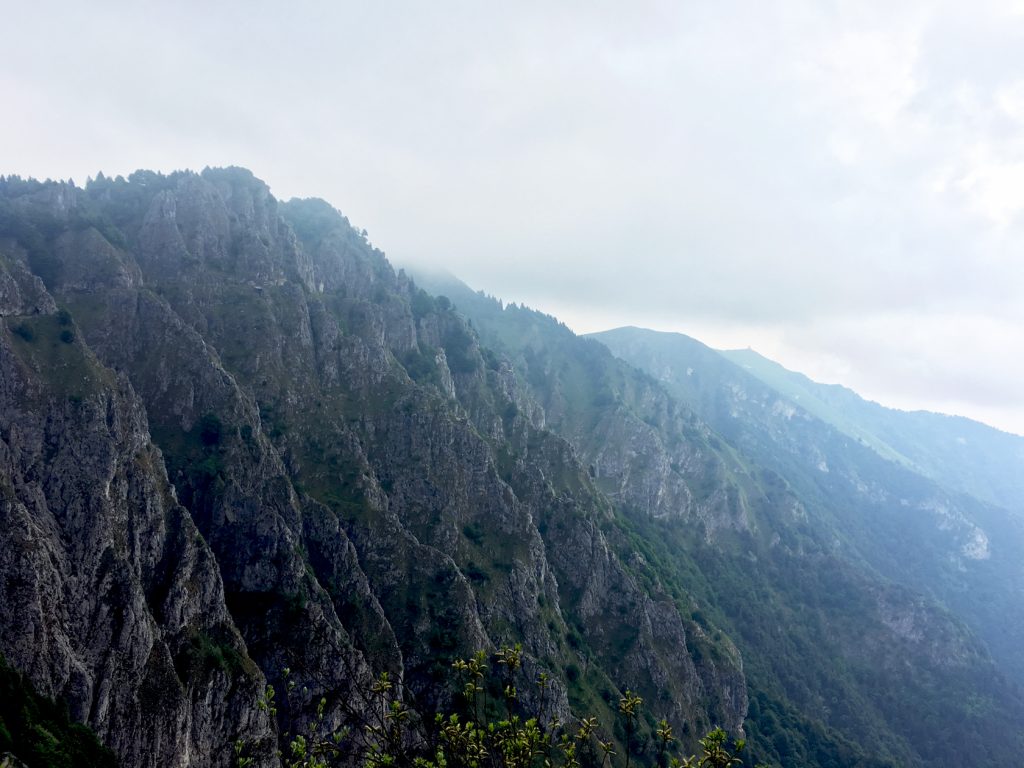
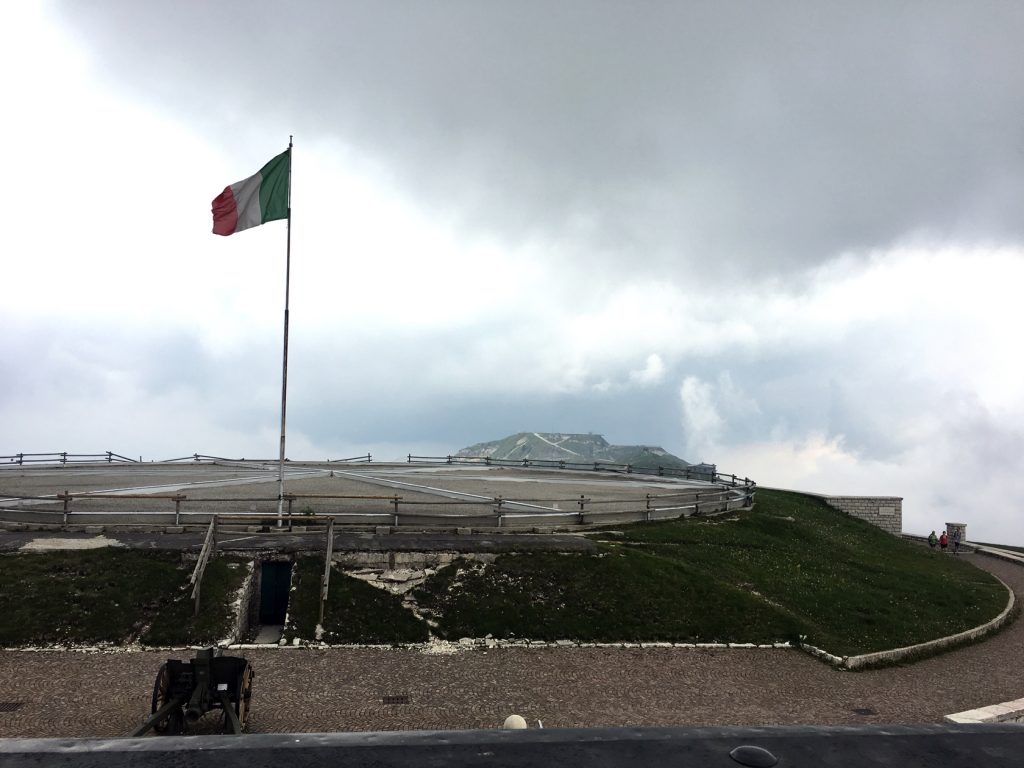
Whatever the circumstances in which formaggio imbriago (or in non-dialect Italian, ubriaco) might have stepped into the light of day, today he is not a product of chance but a carefully produced delicacy of the Veneto – mainly the Treviso area.
 Depending on the production method, the cheeses that usually are Asiago Pressato or d’Allevo D.O.P., Montasio D.O.P., Latteria and Monte Veronese D.O.P and ripened for at least 60 days, are either put for a swim in fresh, unpressed grape mash or are layered with pressed pomace in wooden barrels for up to 40 days in a warm environment and then get sent for ripening for between 2 months and one year or even more.
Depending on the production method, the cheeses that usually are Asiago Pressato or d’Allevo D.O.P., Montasio D.O.P., Latteria and Monte Veronese D.O.P and ripened for at least 60 days, are either put for a swim in fresh, unpressed grape mash or are layered with pressed pomace in wooden barrels for up to 40 days in a warm environment and then get sent for ripening for between 2 months and one year or even more.
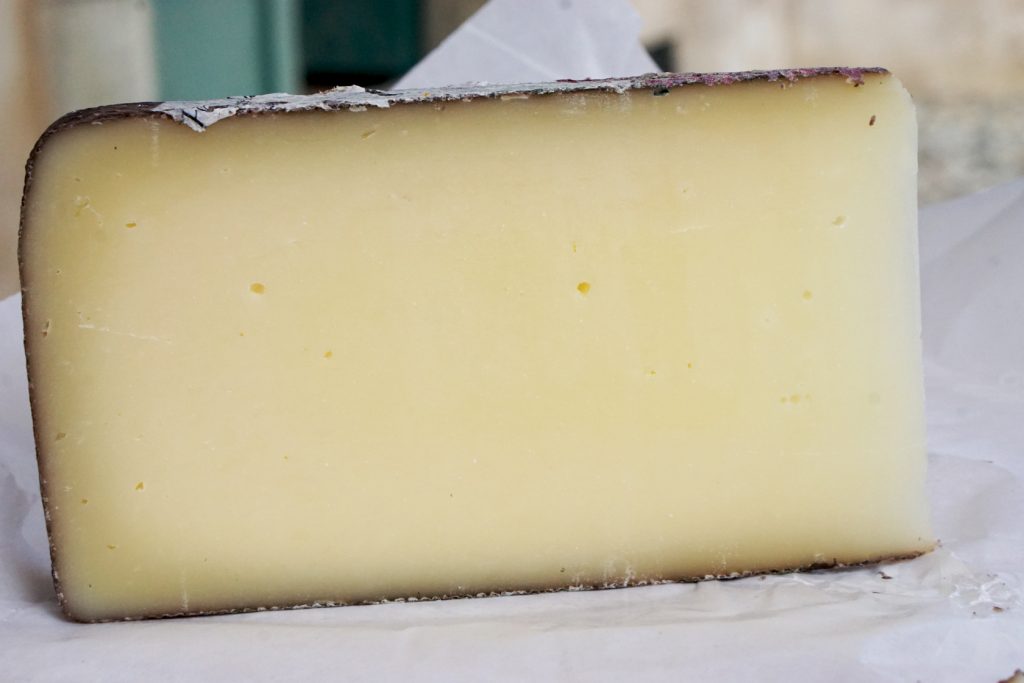 Formaggio imbriago is made from unpasteurized cow´s milk and depending on the chosen wine and grapes can carry the scents of a white or a prosecco, or even up to a heavy Amarone.
Formaggio imbriago is made from unpasteurized cow´s milk and depending on the chosen wine and grapes can carry the scents of a white or a prosecco, or even up to a heavy Amarone.
The example we were lucky enough to find is produced by Casearia Toniolo, a well-known Trevisan cheese producer situated in Borso del Grappa, right on the south-western foot of Monte Grappa.
 Toniolo`s PerBacco, that won silver at the 2011 world-cheese awards, matures for at least one year, up to 18 months, and is then placed in vats of red wine for at least another six months, leaving it with the characteristic purple rind that seems to be able to glow in the dark.
Toniolo`s PerBacco, that won silver at the 2011 world-cheese awards, matures for at least one year, up to 18 months, and is then placed in vats of red wine for at least another six months, leaving it with the characteristic purple rind that seems to be able to glow in the dark.
Its taste is acidic, with a few rough and almost smoky flavor-notes, and it manages to carry its spice mildly to your taste buds without ever letting you forget its long and drowsy dive. The paste is of a long texture-like crumbly bounce (depending on age) and has a bright, almost white straw color.
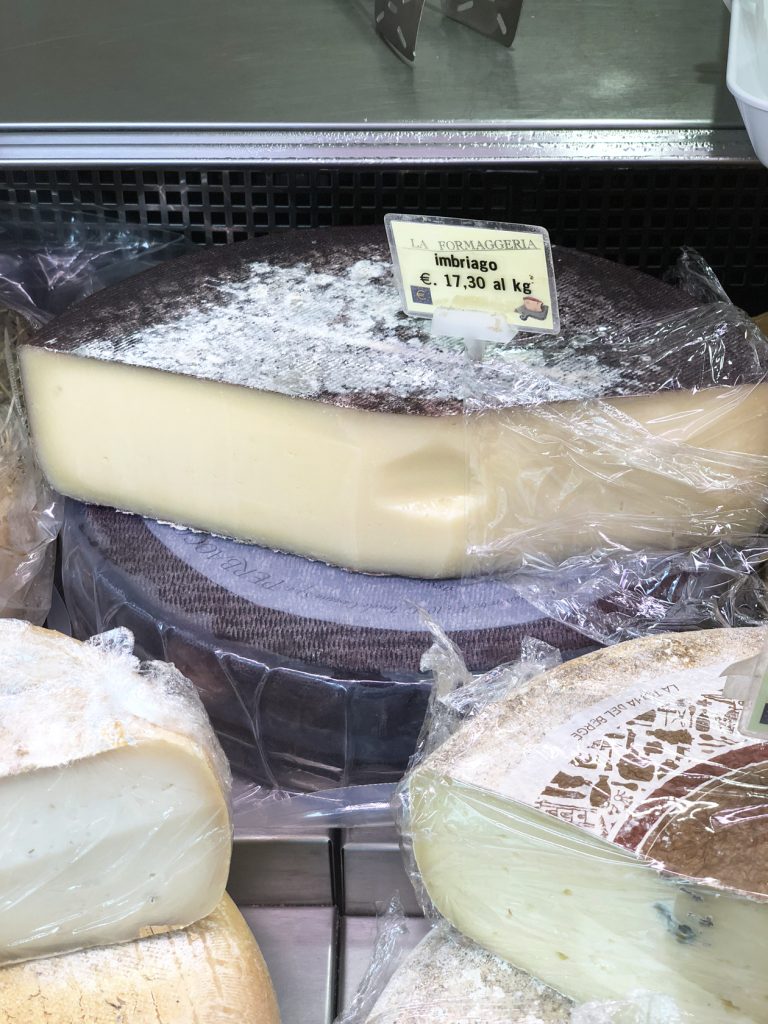
Gustav rates it 13/10 –
says he will soon take a drunk barrel bath with his today´s favorite cheese! – Oh gosh!!

